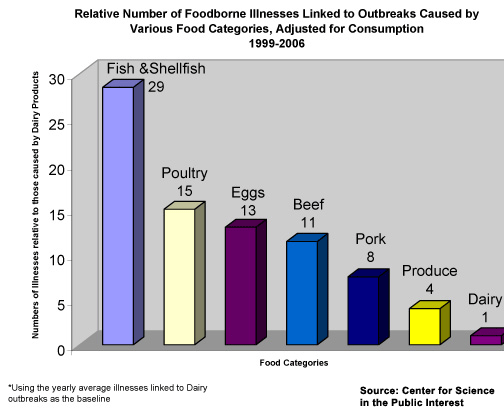Next energy alternative? Coffee grounds
According to the study, a major barrier to wider use of biodiesel fuel is the lack of a low-cost, high-quality source, or feedstock for producing the fuel. The concentration of oil in spent coffee grounds compares favorably with rapeseed, palm and soybean oil.
Growers produce more that 16 billion pounds of coffee around the world each year, says the study. The used grounds remaining from the production of espresso, cappuccino and regular coffee usually wind up in the trash or find use as a soil conditioner. Scientists in the study suggest that spent coffee grounds can potentially add 340 million gallons of biodiesel to the world’s fuel supply.
Scientists collected spent coffee grounds from a multinational coffeehouse chain and separated the oil. They used an inexpensive process to convert 100% of the oil into biodiesel.
For those who love the fragrance of coffee more than they like drinking it, they’ll find that the fuel smells like coffee. But a major advantage, says the study, is that the resulting biodiesel fuel is more stable than traditional biodiesel due to the coffee’s high antioxidant content.
In addition, solids left over during biodiesel conversion process can still be used to produce ethanol or used as a compost, says the study. For more information, visit www.acs.org.
Food safety: Fish and shellfish more troublesome than beef
According to CSPI’s database, even when not adjusted for consumption, seafood outbreaks number 1,140-more than for any other category of food. Fin fish such as tuna, grouper, mahi mahi and salmon were linked to 694 of the outbreaks. Mollusks, including oysters, calms and mussels, were linked to 175 outbreaks. The rest were linked to shrimp, lobster, or foods such as crab cakes and tuna burgers.
While Vibrio bacteria and Noroviruses contributed to the above, naturally occurring toxins such as scombrotoxin and ciguatoxin account for a plurality of seafood outbreaks.
Caroline Smith DeWaal, director of food safety for CSPI, says a key part of the problem is that our food safety system is based on antiquated laws, including ones that are more than a hundred years old. “A hundred years ago we weren’t importing millions of pounds of seafood from
Ethernet makes the industrial connections
Equipment in this segment include industrial-grade interconnect products such as connectors, cables and cord sets and distribution boxes; networking components including bridges, console servers, device servers, fiber optic transceivers, gateways (protocol converters), hubs, modems, routers and switches. The grouping also includes network management software, which is usually sold separately or bundled with hardware shipments.
Products with Ethernet connectivity make up the bulk of this market. Shipment of these products exceeded $1.2 billion in 2007, and VDC expects shipments to increase at a 28.5% CAGR to more than $4.5 billion in 2012. The Ethernet share of the total networking market, which was approximately 69% in 2007, is expected to exceed 80% of the market in 2012.
The study points out that familiarity with Ethernet by both IT managers and process control engineers, along with the overall trust in Ethernet, has encouraged increasing numbers of suppliers to develop hardened products with Ethernet connectivity. Increasing competition has helped to lower prices, which encourages users to consider industrial wired Ethernet as their networking infrastructure.
While Ethernet increases in popularity, several proprietary devices use Ethernet as their connection basis, but still use specific protocols at the application layer. Examples of proprietary systems with Ethernet connectivity at the lower levels include Ethernet/IP, FOUNDATION Fieldbus HSE, Modbus TCP and Profinet.
For more information, visit www.vdcresearch.com.Is HACCP for packaging in your future?
FULL STORY
Features
Cover Story: Soup's on at StockPot
FULL STORY
Fabulous Food Plant: West Liberty Foods
FULL STORY
Tech Update: Clean-in-place
FULL STORY
People, Plant and Industry News
Burger King Corp. is limiting sodium to 600 milligrams or less in all of its kids meals advertised to children under 12 years old.
PIAB appointed Per-Erik Lindquist to the position of CEO. Lindquist has 20 years experience at Scania and four years with Alfa-Laval.
Robert A. Paley, vice president and treasurer of the Monsanto Company, will retire effective January 31, 2009. Tom D. Hartley was named the new vice president and treasurer.
TCP signed a mutual design and supply agreement with EFP Corp. to provide cold chain products and services dedicated to the cold chain market in the Midwest region of the
Kevin Moore has been named parts and service manager for Spiroflow Systems, Inc. at the company’s headquarters in
BlueCielo ECM Solutions promoted Brian Sallade to chief operating officer, overseeing the company’s global operations. Prior to this appointment, Sallade served as chief operating officer for